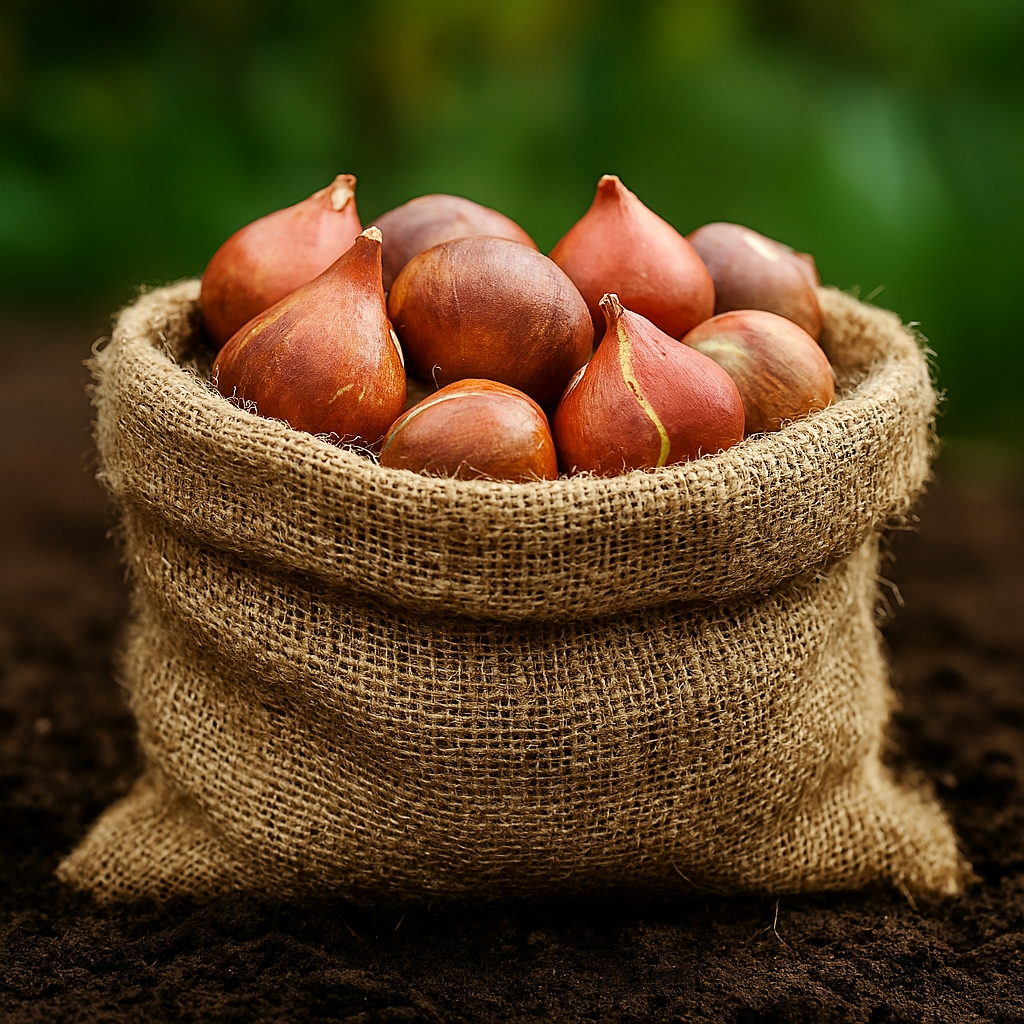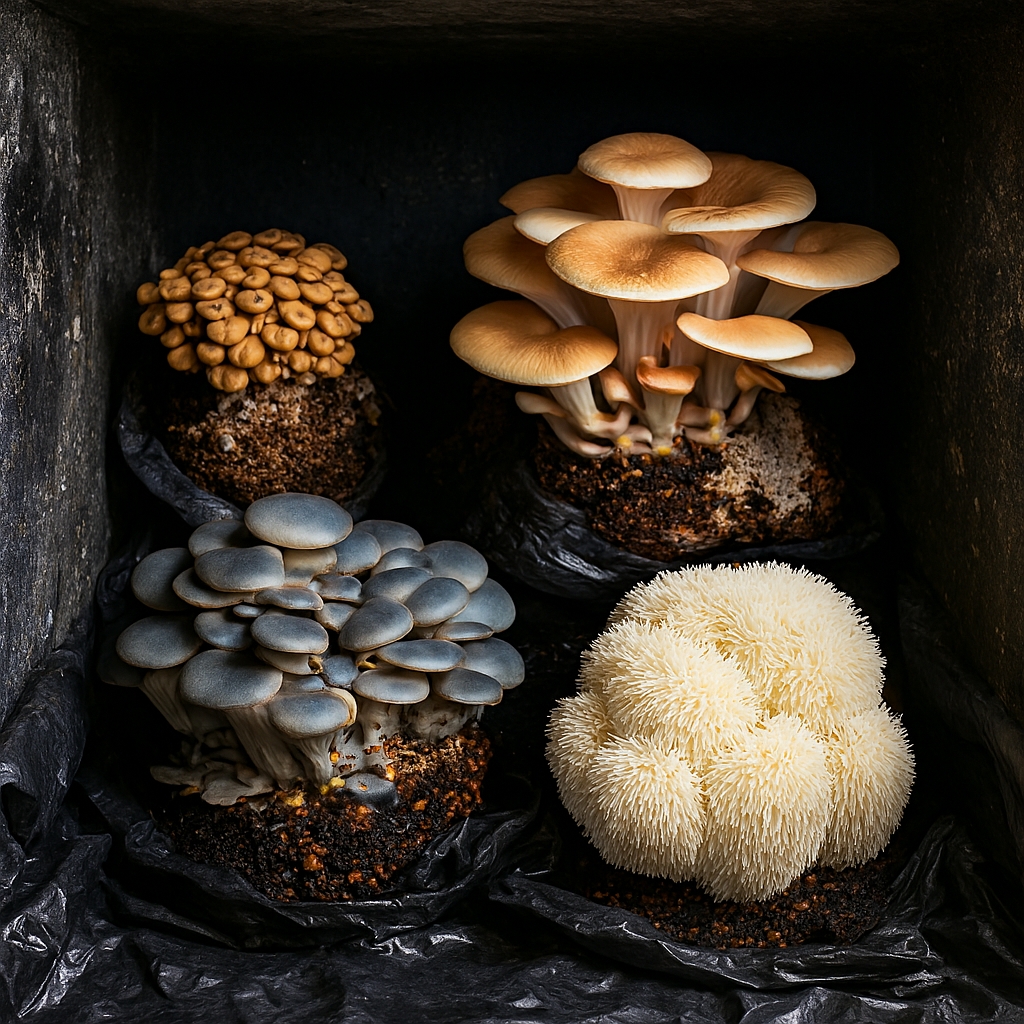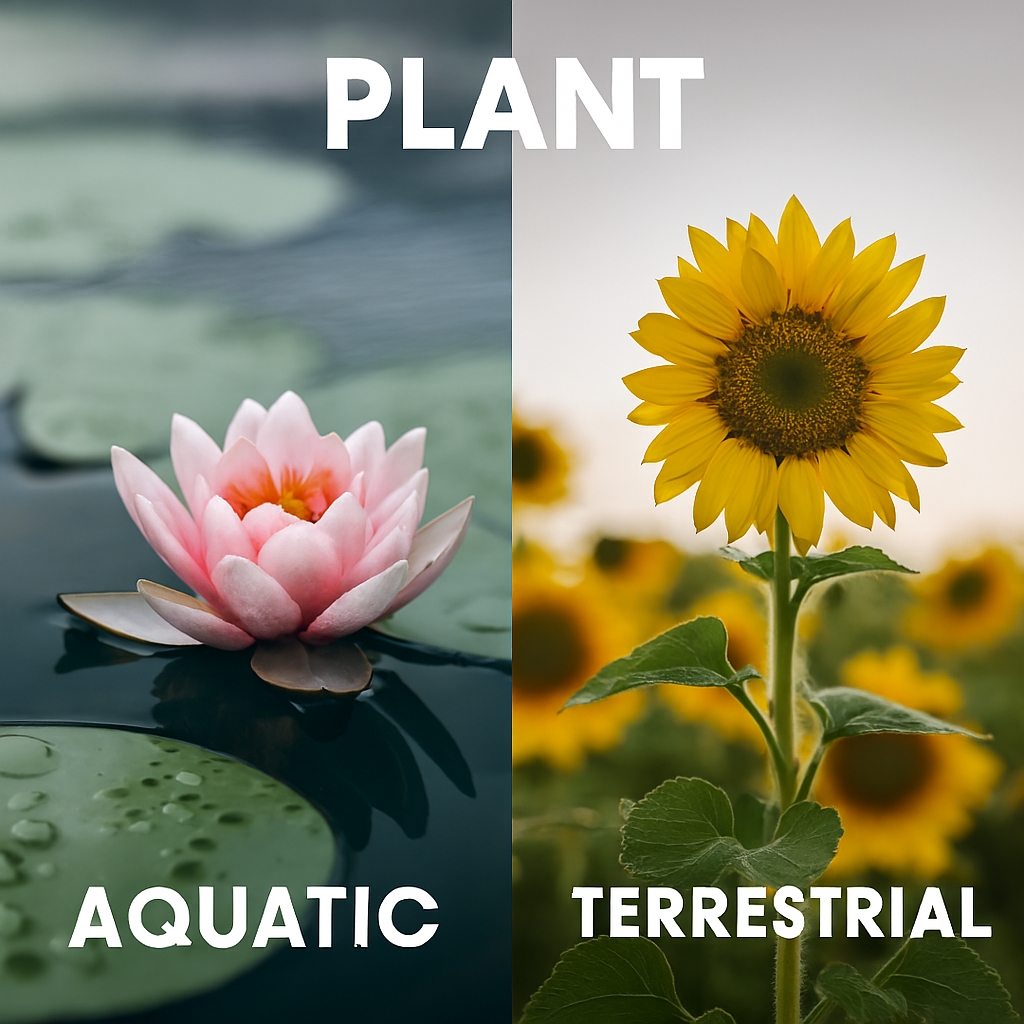Does Having Plants Inside Your House Cool It Down?
Does It Work
Plants have become a popular home decor trend. Beyond their aesthetic appeal, many believe that houseplants can help cool indoor spaces. But how true is this claim?
The Cooling Idea
The Science Behind Plants and Temperature
Transpiration and Humidity Plants undergo a process called transpiration, where they release water vapor from their leaves into the air. This process can increase humidity, potentially making you feel cooler. It’s similar to the way our bodies cool down through sweating. However, the actual cooling effect on room temperature is relatively minimal.
Air-Conditioning Effect?
While plants do contribute to a minor cooling effect, they can’t replace air conditioning. They might lower the temperature by a fraction of a degree, but the most significant impact is the feeling of freshness they bring to the environment.
The Psychological Cooling Effect
Visual Comfort Apart from physical cooling, plants can create a psychological sense of comfort and coolness. Seeing greenery can have a calming effect, reducing stress and making indoor environments feel more pleasant.
Improved Air Quality
Some plants can improve air quality by absorbing pollutants, which can make your home feel fresher and more comfortable. Cleaner air can indirectly contribute to a sense of coolness and well-being.

The Environment
Environmental Benefits of Indoor Plants
Natural Insulators Certain plants, particularly those with large leaves and dense foliage, can act as natural insulators. They can help block out sunlight and reduce heat gain in your home, creating a cooler indoor environment. Placing plants near windows or areas that receive direct sunlight can be an effective way to reduce indoor temperatures. The plants will absorb some of the heat and light, creating a cooler and more comfortable living space.
Natural Evaporative
Coolers Plants can act as natural evaporative coolers. As water evaporates from the leaves, it absorbs heat from the surrounding air, creating a cooling effect. This process can help lower the perceived temperature in your home. By releasing moisture into the air, plants can help regulate indoor humidity levels. Proper humidity levels can make your home feel cooler and more comfortable, especially during hot and dry weather.
Soil’s Role
The soil in plant pots can also contribute to the cooling effect. Moist soil releases moisture into the air through evaporation, which can help lower indoor temperatures and increase humidity. Maintaining healthy soil is essential for maximizing the cooling benefits of houseplants. Well-watered and nutrient-rich soil supports healthy plant growth, which in turn enhances the plant’s ability to cool the indoor environment.
Nighttime Cooling
During the night, plants release less moisture compared to daytime. However, they still contribute to the cooling effect by releasing oxygen, which can improve indoor air quality and create a more pleasant sleeping environment. Opening windows at night can enhance the cooling effect of houseplants. The fresh air combined with the plants’ natural processes can create a cooler and more refreshing indoor atmosphere.

Staying Cool For You
Psychological Well-Being
Interacting with and caring for houseplants can reduce stress and promote relaxation. A calm and stress-free mind can perceive the indoor environment as cooler and more comfortable. The presence of plants can improve mood and overall well-being. A positive and happy mind can contribute to a feeling of comfort and coolness in your home.
Energy Efficiency
Reducing Heat Gain By strategically placing plants near windows, you can reduce the amount of heat that enters your home. This can lower the need for air conditioning and result in energy savings.
Enhanced Insulation
Plants can help insulate your home by providing a natural barrier against heat. This can help maintain a more stable indoor temperature and reduce energy consumption.
Health Benefits
Improved Respiratory Health Plants can improve indoor air quality by removing toxins and pollutants.
Boosted Immune System
Exposure to indoor plants can boost your immune system by reducing stress and improving air quality. A healthier immune system can help you stay cooler and more comfortable.
The Finance
Economic Advantages
Lower Utility Bills By reducing the need for air conditioning, plants can help lower your utility bills.
Increased Property Value
A home with a lush and well-maintained indoor garden can have a higher property value sometimes. The cooling and aesthetic benefits of plants can make your home more attractive to potential buyers.
The Right Plant
Choosing the Right Plants
Species with Larger Leaves If you’re looking to maximize the cooling effect of plants in your home, consider species with larger leaves and higher transpiration rates.
Areca Palm
Boston Fern
Ficus Tree
These plants can contribute more significantly to the humidity and cooling effect in your home.

Conclusion
While having plants inside your house won’t dramatically lower the temperature, they can provide a sense of coolness through increased humidity and improved air quality. Plus, their aesthetic and psychological benefits make them a valuable addition to any home.
Join the Discussion
Plants have long been admired for their beauty and the positive impact they have on our living spaces. But do they really help cool down our homes?













Complex Unique Life Ecosystems Powerful Adaption EcoReef.co
[…] also offer regulating services, which help maintain environmental balance. These services include climate regulation, water purification, pollination, and disease control. Recognizing the value of regulating services […]